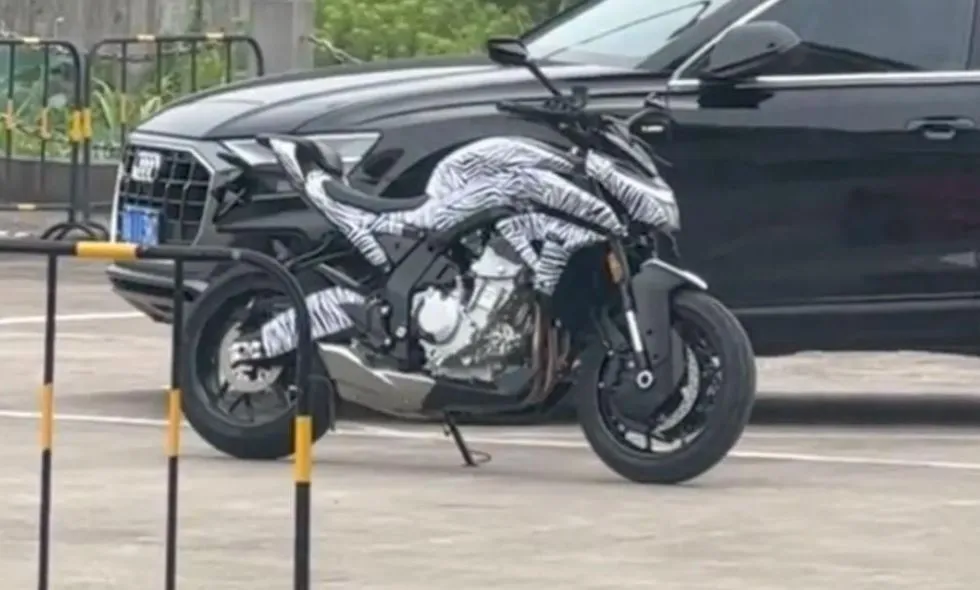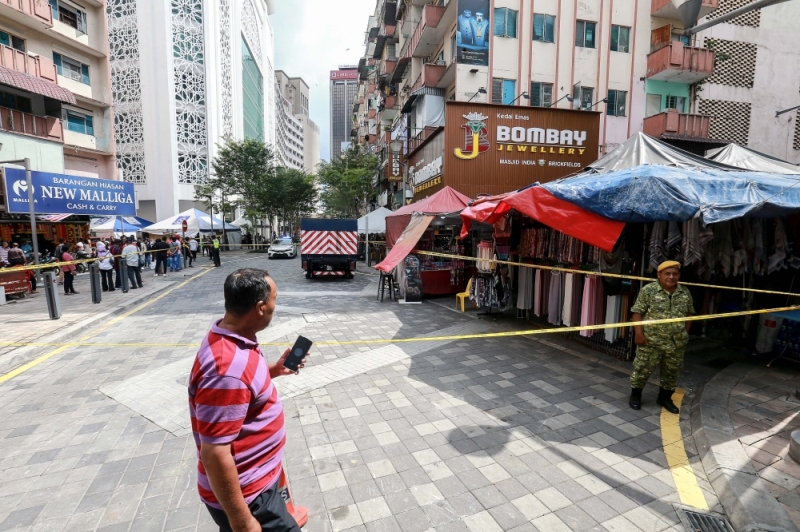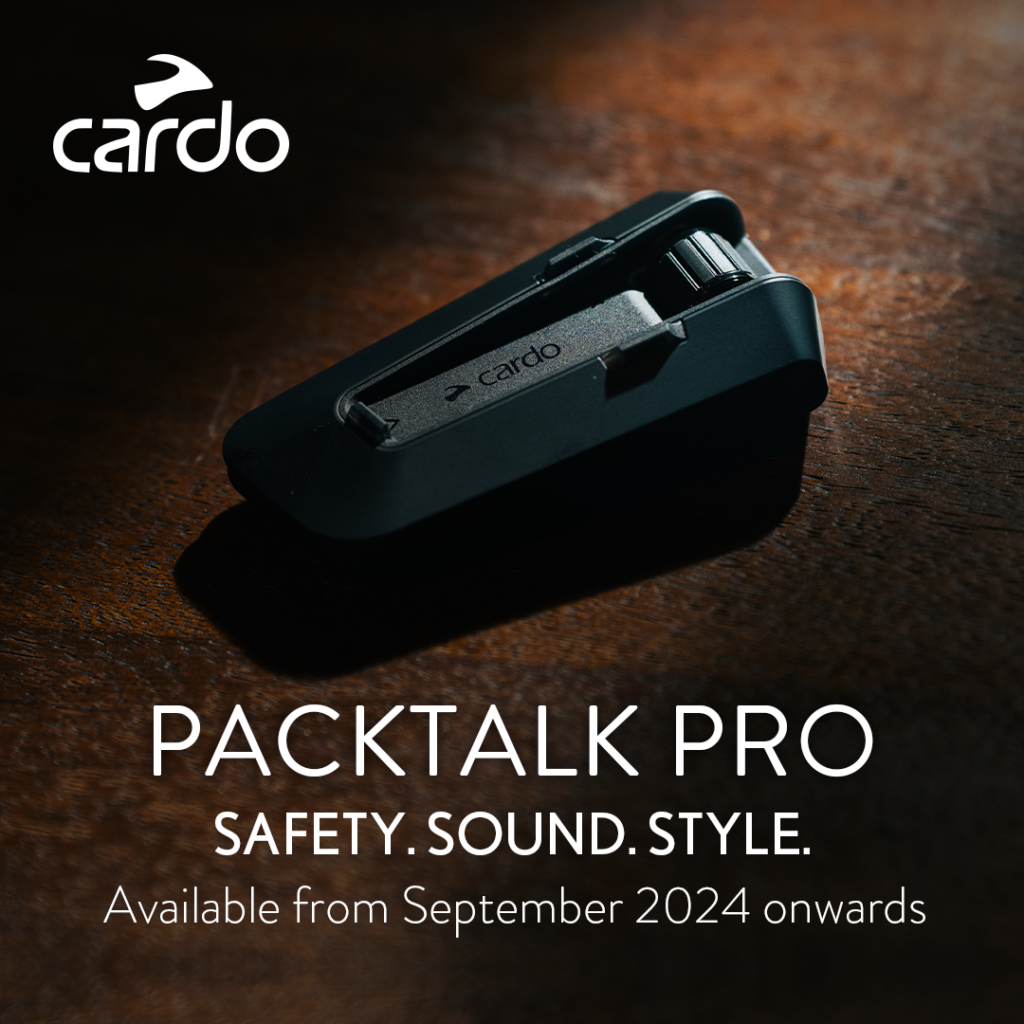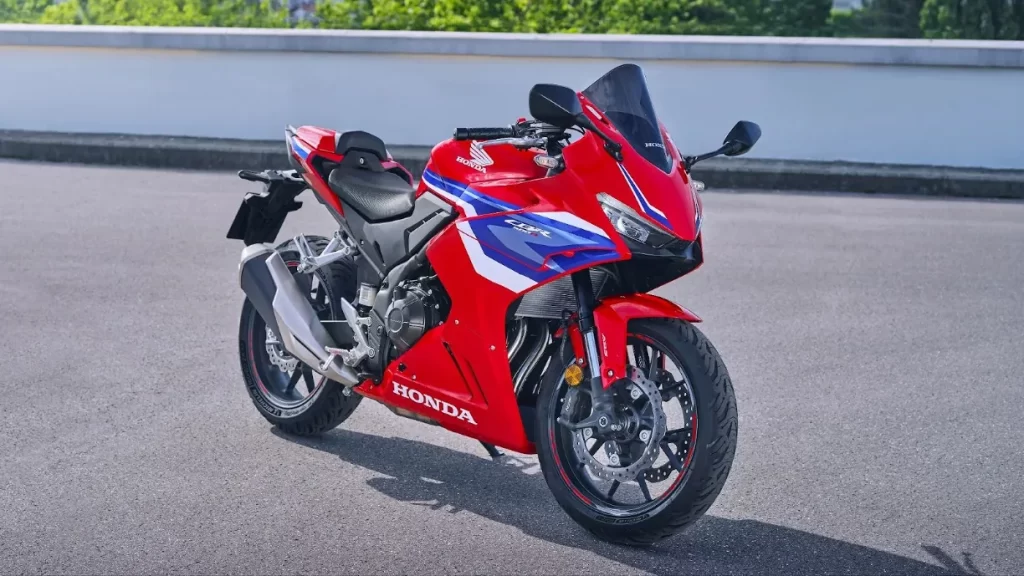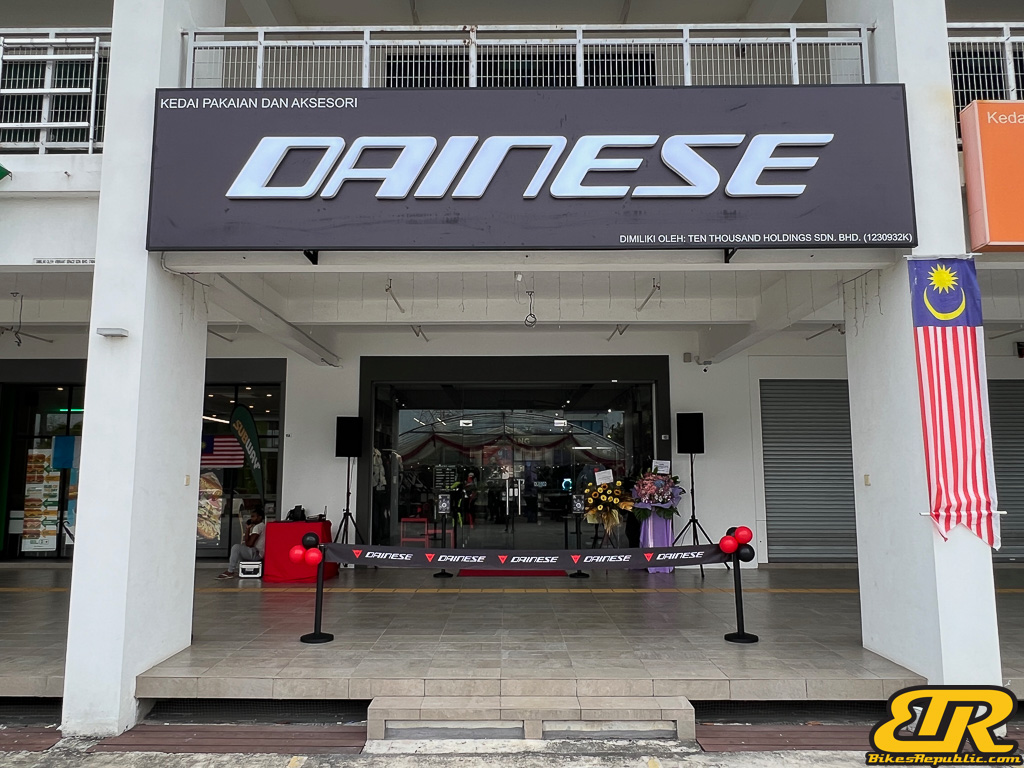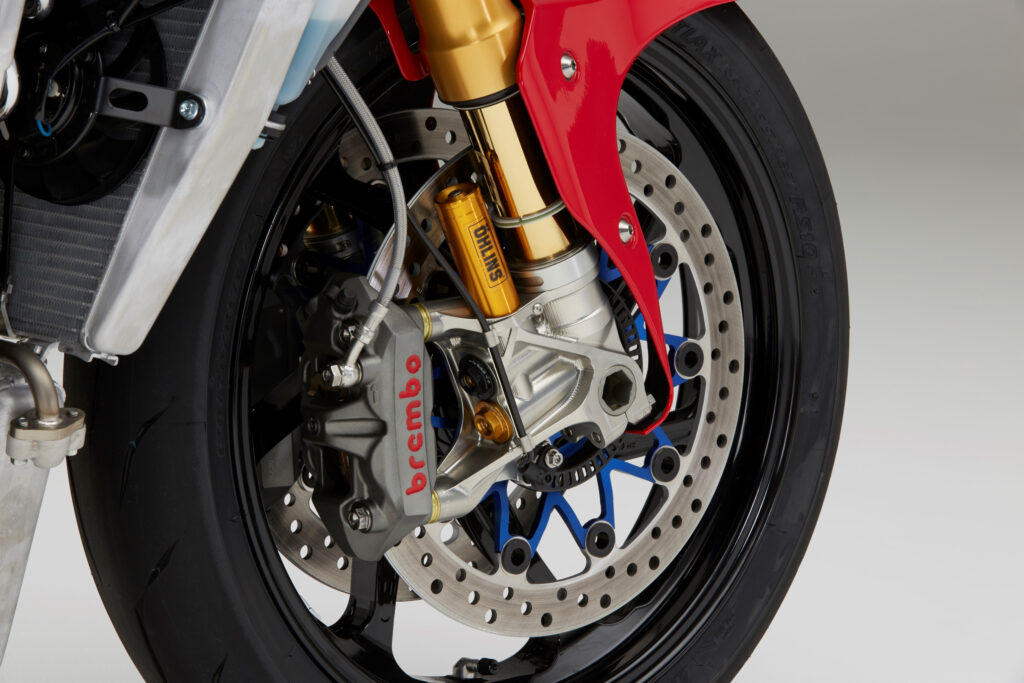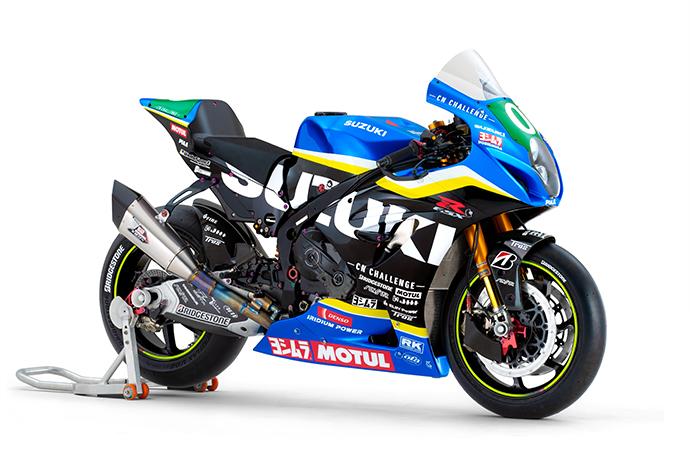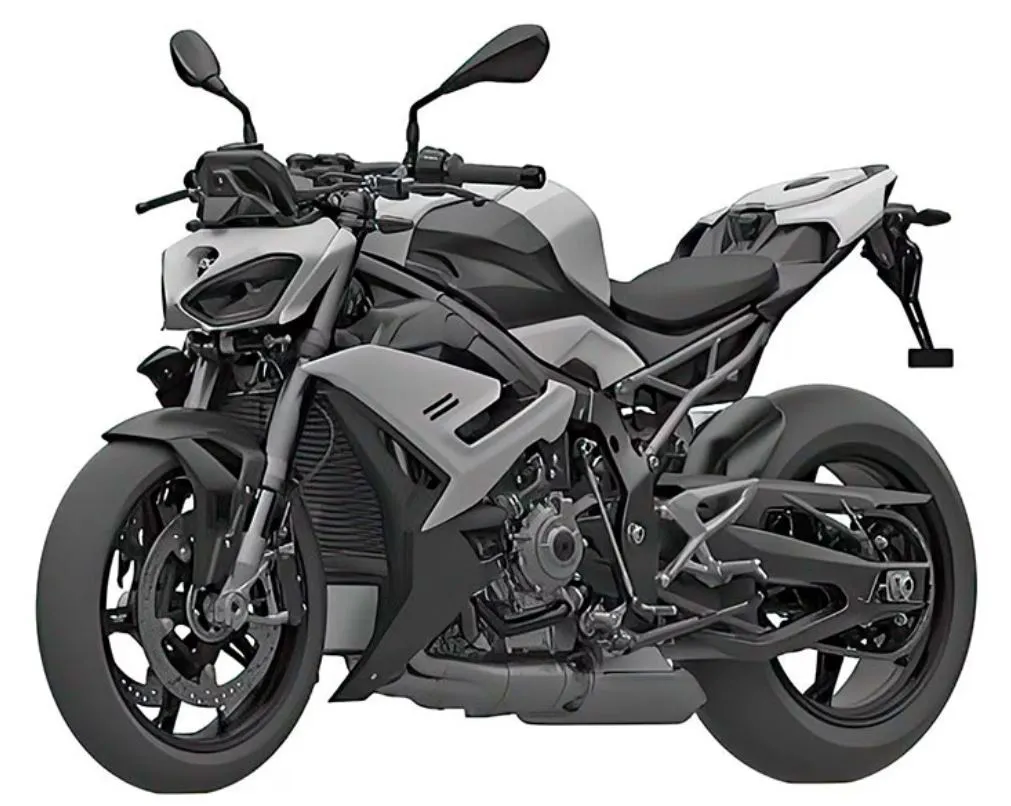The Thai motorcycle market, which had boomed for the last three years, begins to see a drop in the first half of 2024.
Industry players reported that they delivered 904,135 motorcycles in the first six month of the year. While that is a huge number compared to us in Malaysia, it was actually a -9.9% drop compared to H1 2023. Thailand is the world’s sixth largest motorcycle market.
The country’s economy is now seen as the weakest in the region due to what the Bangkok Post calls “over-consumption.” The demand for consumption has stripped the supply of cash from income, leading to inadequate domestic liquidity.
The president of Honda Thailand, Yuichi Shimizu said that, “High household debt that stands at 91% of GDP and weak consumer purchasing power caused people to be more cautious about spending. They are worried about the current economic situation.”
It was hoped that 2024 will see the economy rally again, but it is not to be. The National Economic and Social Development Council (NESDC) has reduced its 2024 growth forecast for Thailand’s economy to 2.2%–2.7%, down from the previous forecast of 2.8%–3.3% predicted in November 2023. The outlook for 2024 is weaker than previously projected due to dimmer export and public investment prospects.
As such, market leader, Honda saw a -7.5% drop, while their arch rival, Yamaha lost -12%. Piaggio, in third saw a large -34% drop, and in fourth, GPX saw a precipitous hit of -62.2%.
However, electric motorcycles are seeing a sustainable growth. Honda and Chinese are well positioned to exploit this sector. Having sold 13,600 units thus far, Honda expects to sell a total of 30,000 units in 2024, up from 21,000 in 2023. In fact, the company is planning to have at least 44 battery swapping stations and increase their share in the motorcycle rental sector.







